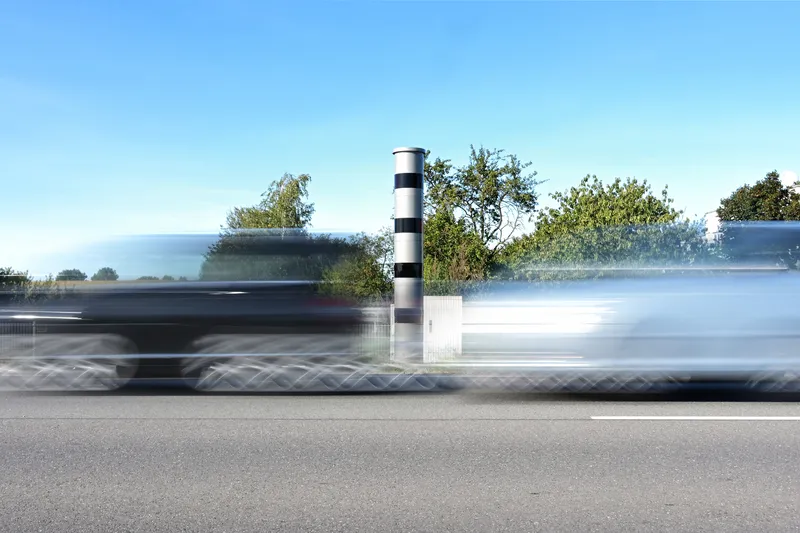Australia’s New South Wales Centre for Road Safety is to embark on a trial that will allow trucks to transmit and receive warnings about road hazards.
The Cooperative Intelligent Transport Initiative (CITI) project will trial Cooperative Intelligent Transport Systems (CITS) technology along a 42 kilometre major transport link in the Wollongong region. Historically, most crashes along this route involve heavy vehicles, so the first phase of the five-year trial will include 30 heavy vehicles fitted with CI
May 2, 2014
Read time: 2 mins
Australia’s New South Wales Centre for Road Safety is to embark on a trial that will allow trucks to transmit and receive warnings about road hazards.
The Cooperative Intelligent Transport Initiative (CITI) project will trial Cooperative Intelligent Transport Systems (CITS) technology along a 42 kilometre major transport link in the Wollongong region. Historically, most crashes along this route involve heavy vehicles, so the first phase of the five-year trial will include 30 heavy vehicles fitted with CITS devices. The trial is expected to commence in mid 2014.
Cooperative Intelligent Transport Systems (CITS) have the potential to improve road safety by allowing vehicles to communicate with each other, as well as roadside infrastructure, including traffic signals and railway level crossings.
Drivers using CITS technology can be advised of: imminent collisions with nearby CITS-equipped vehicles; current speed limits; potential red-light violations (based on vehicle speed and traffic signal phasing); local road conditions, such as roadwork, fog, and water over the road; and approaching emergency vehicles.
Using a dedicated 5.9 GHz frequency, data such as vehicle position, direction and speed is transmitted between CITS-equipped vehicles and roadside infrastructure. Messages and alerts can be rapidly communicated to drivers connected by the system. This technology allows vehicles to see each other as never before, such as around a corner or over the crest of a hill, as well as sending warnings to drivers of a potential crash.
CITS technology will be also be used in a trial of smart rest areas along the Newell Highway between Narrabri and Gilgandra to help improve road safety for heavy vehicle drivers. The technology to allow heavy vehicle drivers to receive instant information about: the location of heavy vehicle rest areas; the distance and estimated travel time to rest areas; and vacancy details of the rest areas.
The Cooperative Intelligent Transport Initiative (CITI) project will trial Cooperative Intelligent Transport Systems (CITS) technology along a 42 kilometre major transport link in the Wollongong region. Historically, most crashes along this route involve heavy vehicles, so the first phase of the five-year trial will include 30 heavy vehicles fitted with CITS devices. The trial is expected to commence in mid 2014.
Cooperative Intelligent Transport Systems (CITS) have the potential to improve road safety by allowing vehicles to communicate with each other, as well as roadside infrastructure, including traffic signals and railway level crossings.
Drivers using CITS technology can be advised of: imminent collisions with nearby CITS-equipped vehicles; current speed limits; potential red-light violations (based on vehicle speed and traffic signal phasing); local road conditions, such as roadwork, fog, and water over the road; and approaching emergency vehicles.
Using a dedicated 5.9 GHz frequency, data such as vehicle position, direction and speed is transmitted between CITS-equipped vehicles and roadside infrastructure. Messages and alerts can be rapidly communicated to drivers connected by the system. This technology allows vehicles to see each other as never before, such as around a corner or over the crest of a hill, as well as sending warnings to drivers of a potential crash.
CITS technology will be also be used in a trial of smart rest areas along the Newell Highway between Narrabri and Gilgandra to help improve road safety for heavy vehicle drivers. The technology to allow heavy vehicle drivers to receive instant information about: the location of heavy vehicle rest areas; the distance and estimated travel time to rest areas; and vacancy details of the rest areas.










